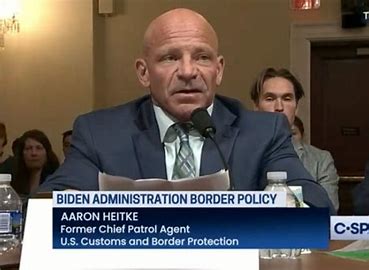One of the biggest names in digital banking has officially shut down its app, sending millions scrambling to make sure they have a way of sending money.
Zelle, which has 150 million customers in the US, will no longer allow users to make payments through their stand-alone app.
The company initially warned users that their app was shutting down its payment services on October 31, 2024, and on Tuesday, the change went into effect.
Although millions of Americans use Zelle to pay their rent, pay bills, and send money to friends and family, the company noted that only two percent of these transactions take place on the stand-alone app itself.
The vast majority of users actually access Zelle through their bank, which led the digital payment giant to decide it was time to cut their app.
Zelle launched in 2017 with the backing of 30 banks operating in the US, including Bank of America, JPMorgan Chase, and Wells Fargo.
As of 2025, over 2,200 different banks and credit unions in the US offer customers the ability to use Zelle through their own banking apps - accounting for 98 percent of the company's financial transactions.
With the writing on the wall for their underused app, Zelle told anyone still sending money directly through the company to immediately sign up for their bank's online services, which will continue to work with Zelle.
In October, Zelle officials said in a blog post: 'This change will not impact the vast majority of consumers who use Zelle to send or receive money.'
To their point, the process has become incredibly convenient for those sending money through Zelle using their bank's app.
The feature even allows people to easily send money by scrolling through their phone contacts.
Once you log into your bank's app - whether that's Chase, TD Bank, or any other institution - customers will see a Zelle logo somewhere on the screen, giving them the option to send money or make payments.
Once you tap it, your smartphone's contact list pops up, eliminating the need for writing down long account numbers.
If the person you want to send money to has the email or phone number sitting in your contacts registered with a bank, you're all set - Zelle and your bank know where the money is headed.
If the person receiving the funds hasn't signed up for Zelle, they'll receive an email or text letting them know they have money ready to claim after signing up.
'Users of the app will continue to be able to access it, but the app will be dedicated to consumer education about scams and fraud and provide a list of the more than 2,200 banks and credit unions that offer Zelle,' the company explained.
Since 2017, Zelle has become the go-to peer-to-peer payment system in the country, even as they compete with rivals Venmo and Cash App.
Last year, Zelle processed over $1 trillion in payments across 3.6 billion different banking transactions.
It's a 28-percent bump over Zelle's 2023 total of $806 billion processed.
In 2023, Venmo only processed approximately $270 billion and Cash App came in at around $248 billion.
The biggest advantage the digital platform has may be its focus on direct bank-to-bank transfers without holding your money in another account on the app.
With apps like Venmo, the money someone transfers to your account first lands in a Venmo wallet, where it can take a few days to process before it shows up in your actual bank account.
However, you can get that money faster if you pay a fee for an instant bank transfer.
Zelle, on the other hand, does not charge extra fees to move your money instantly.















